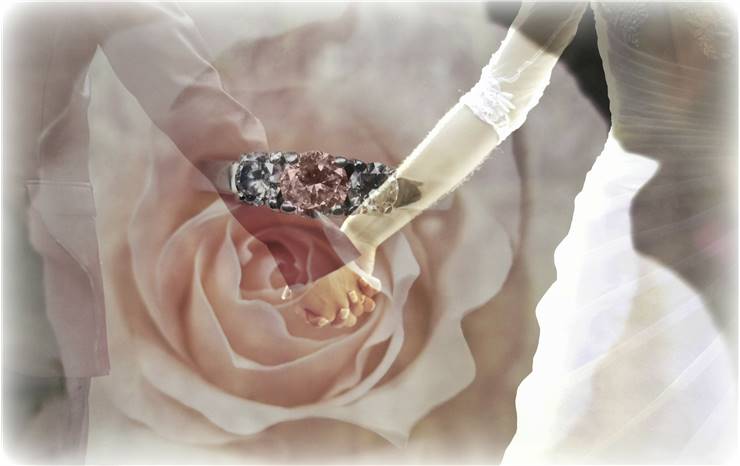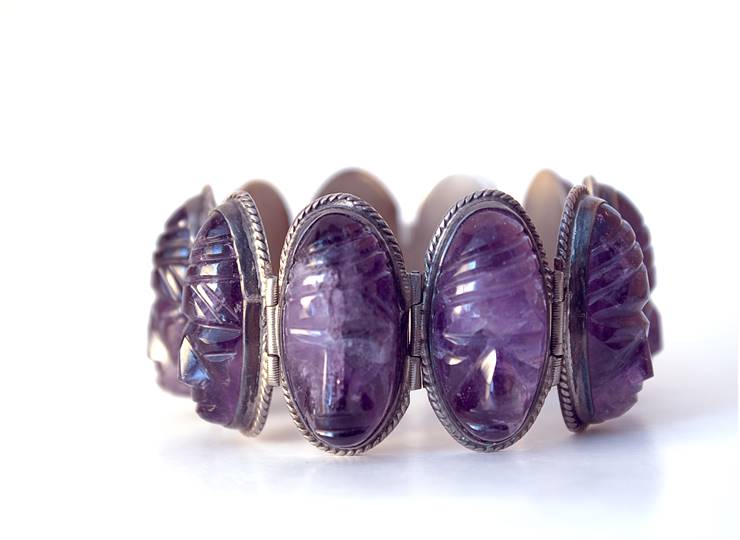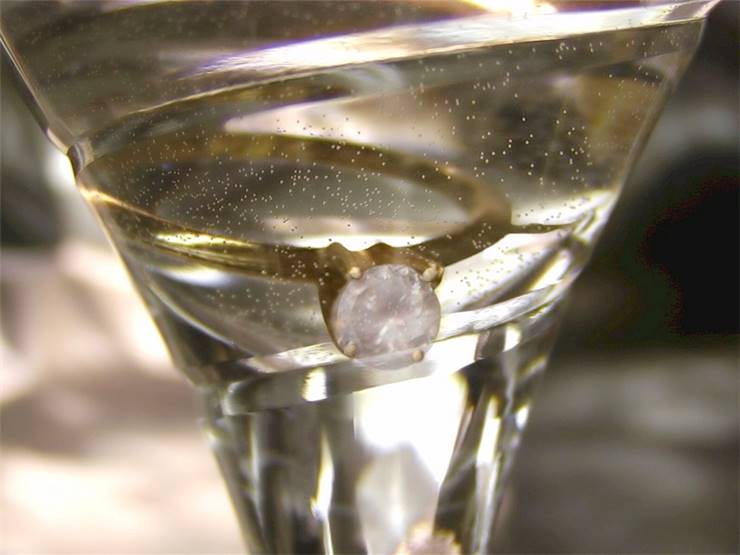Engagement Rings History & Origins
Many ancient cultures used rings to symbolize betrothal and marriage because a ring has no beginning and no end representing eternity, so the ring means eternal love. The association between rings and marriage comes from the ancient Egyptians who considered the circle as a symbol of eternity and the practice of exchanging rings as a promise of eternal love in marriage. They were the first to use a ring to symbolize a union between a man and a woman. The first rings were probably fashioned from leather, plants, or other biodegradable material that served not only to symbolize a union between man and woman, but also their connection with the land.
Beside ancient Egyptians, the earliest uses of symbolic rings are also attributed to the ancient Greeks and Romans. In these cultures, betrothal rings were meant to symbolize a woman's connection with her prospective groom, though the betrothal was more of a business proposition than a romantic union. The Romans called them truth or betrothal rings and they used iron rings as a symbol of strength and permanence of the tie between a man and a woman.

Ancient people began to wear rings on the third finger of the left hand believing that the vein from the third finger on the left hand connected the finger to the heart.
This tradition may have its origins in an ancient Egyptian myth which suggested that the finger contained a vein leading directly to the heart. This vein was called the "vena amoris" meaning literally "vein of love". This custom was passed on the Greeks and Romans.
The church recognized engagement rings during the ninth century, when Pope Nicholas I declared a gold ring to be a betrothal requirement to demonstrate the groom's wealth and ability to care for a wife. In 1215, Pope Innocent III made a similar declaration but said that silver and iron rings were acceptable to the church and the rings were meant to be worn during a longer engagement period.
In the Middle Ages, the engagement ring was known as the ''bond'' or Gimmel ring. Those who could afford engagement ring would add colorful stones to the ring such as emeralds and sapphires or diamonds if they were very rich. Because the diamond is the hardest known stone, people at the time saw a magical power in diamonds, ensuring enduring and eternal love, purity and faithfulness; the same characteristics they symbolize today.
The first recorded diamond engagement ring was given to Mary of Burgundy by her betrothed, Archduke Maximillian of Austria in 1477 beginning a trend among wealthy European families for the wearing of engagement rings set with precious stones.
Thanks to discoveries of diamonds in Africa in the late 19th century, diamond became more widely available and cheaper for the public to purchase.
As for the story of men's engagement ring history, it is far shorter. For centuries, only women received either engagement or wedding rings, but today most men wear wedding rings and some wear engagement rings. This trend began during World War II, when many men were faced with years separated from their loved ones; a ring was a tangible reminder of the girl waiting at home.




